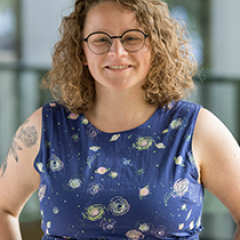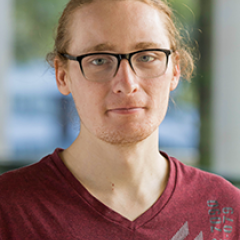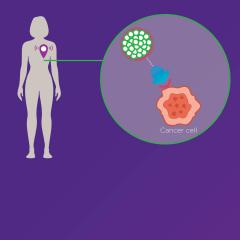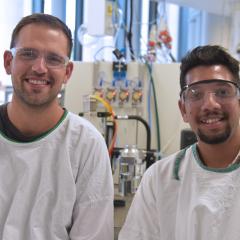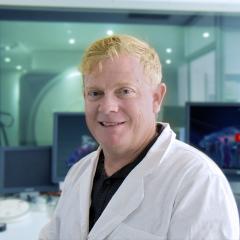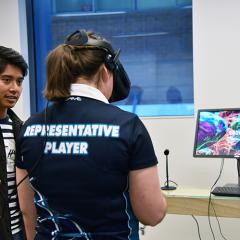Thurecht Group
Polymer and nanoparticle-based devices for nanomedicine
The Thurecht Group, led by Group Leader Professor Kristofer Thurecht, has a focus on the development of polymer and nanoparticle-based devices for nanomedicine.
In particular, they are interested in the design, synthesis and preclinical evaluation of nanomaterials for molecular imaging and drug delivery.
For polymers to be truly effective in nanomedicine, they must incorporate new therapies while maintaining their physical and chemical integrity. This can only be achieved by developing a strong understanding of the fundamental properties of the nanomaterial-delivery system, in addition to identifying and successfully delivering new therapies. Central to the development of these future therapeutic platforms is the field of theranostics, where molecular imaging plays a key role in understanding the dynamics of polymeric nanomedicines.
The Group works across the boundaries of chemistry and materials, biology and imaging science to probe how nanomaterial properties affect their function in living animals.





